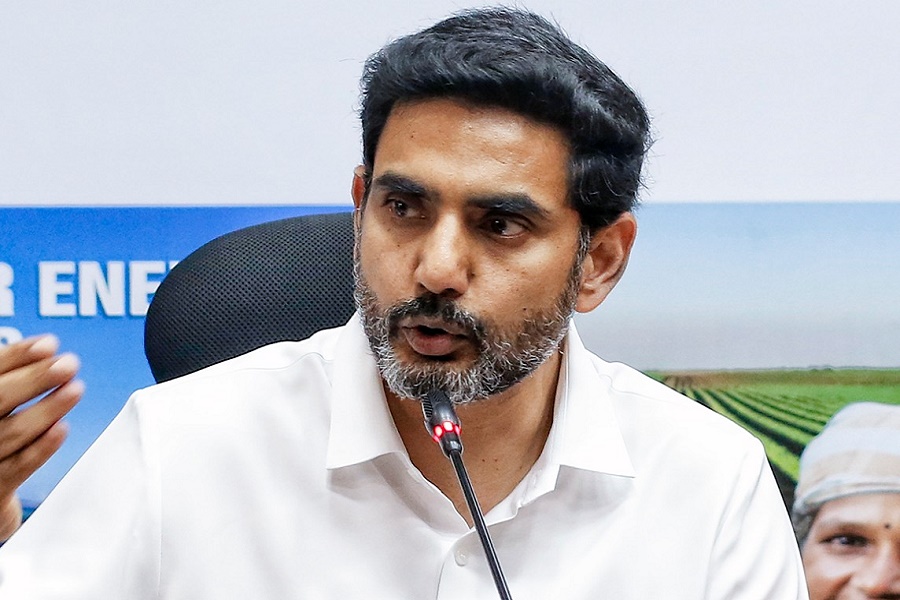Which Investment or Saving is Best for Kids Future by Pankaj Bansal , Founder at NewsPatrolling.com

Choosing the best investment for a child's future depends on various factors, including your financial goals, risk tolerance, time horizon, and the specific needs of the child. Here are some popular investment options to consider:
1. 529 College Savings Plans
Pros: Tax advantages, high contribution limits, and flexibility in choosing educational institutions.
Cons: Funds must be used for qualified educational expenses, or penalties and taxes may apply.
2. Custodial Accounts (UGMA/UTMA)
Pros: Flexibility in how funds are used once the child reaches adulthood, and a wide range of investment options.
Cons: May affect financial aid eligibility, and the child gains full control at the age of majority (18 or 21, depending on the state).
3. Roth IRA for Kids
Pros: Tax-free growth and withdrawals for qualified educational expenses, and the ability to roll over to a retirement account.
Cons: Child must have earned income, and contributions are limited to the child's earned income or the annual limit, whichever is less.
4. Savings Bonds (e.g., Series EE or I Bonds)
Pros: Safe, government-backed, and tax advantages when used for education.
Cons: Lower returns compared to other investment options and penalties for early withdrawal before five years.
5. Mutual Funds and ETFs
Pros: Diversification, professional management, and the potential for higher returns over the long term.
Cons: Subject to market risk, fees, and potential capital gains taxes.
6. Stocks
Pros: High potential returns and the ability to teach kids about investing and the stock market.
Cons: High risk and volatility, and requires monitoring and research.
7. High-Interest Savings Accounts or CDs
Pros: Low risk and guaranteed returns.
Cons: Lower returns compared to other investment options and limited liquidity in the case of CDs.
8. Real Estate Investment
Pros: Potential for steady income and long-term appreciation.
Cons: High upfront costs, maintenance, and management responsibilities, and less liquidity.
9. Educational Savings Accounts (ESAs)
Pros: Tax-free growth for educational expenses and flexibility in investment choices.
Cons: Contribution limits and income restrictions.
Factors to Consider:
Time Horizon: The age of the child and when you expect to use the funds.
Risk Tolerance: Your comfort level with investment risk.
Financial Goals: Specific goals like college education, first car, or starting a business.
Tax Implications: Understanding the tax advantages and potential liabilities of each option.
It's also a good idea to consult with a financial advisor to tailor the investment strategy to your specific situation and goals.
Above views are of the author and not of the website kindly read disclaimer










Tag News

Technical Forecast 13th November 2025 by Vaishali Parekh, Vice President - Technical Researc...









